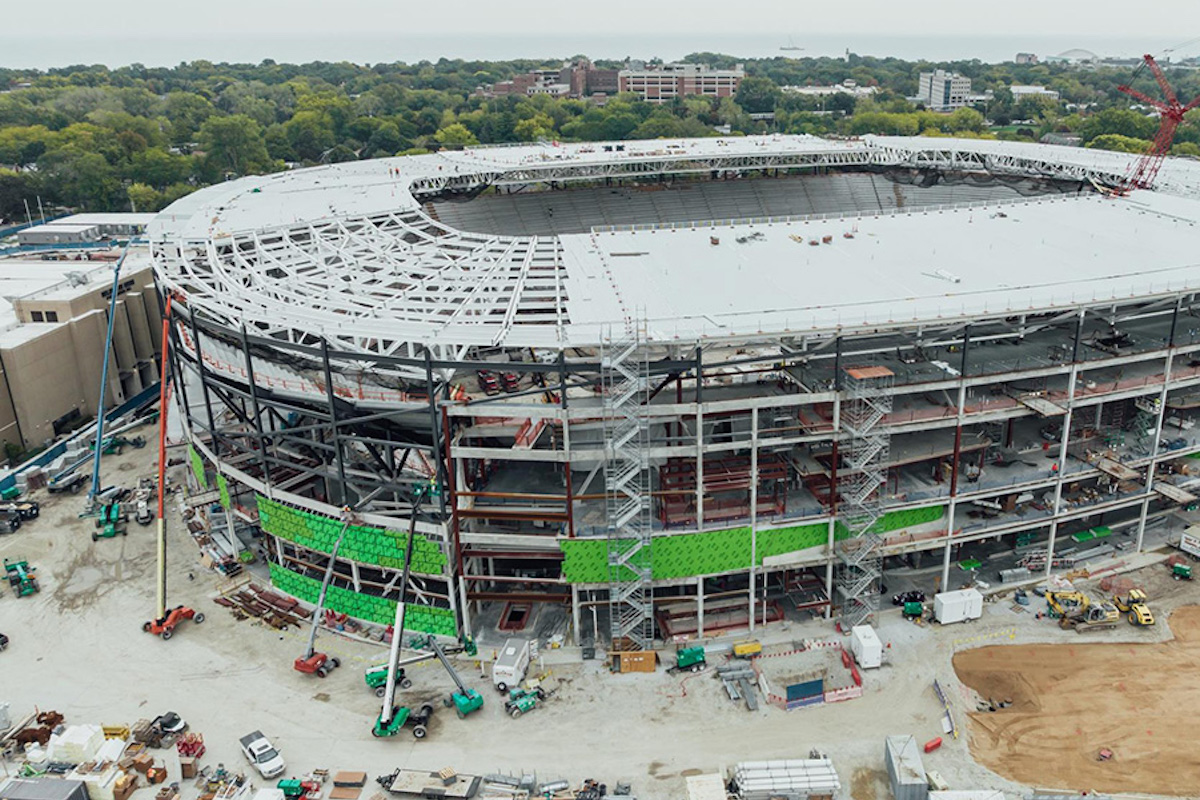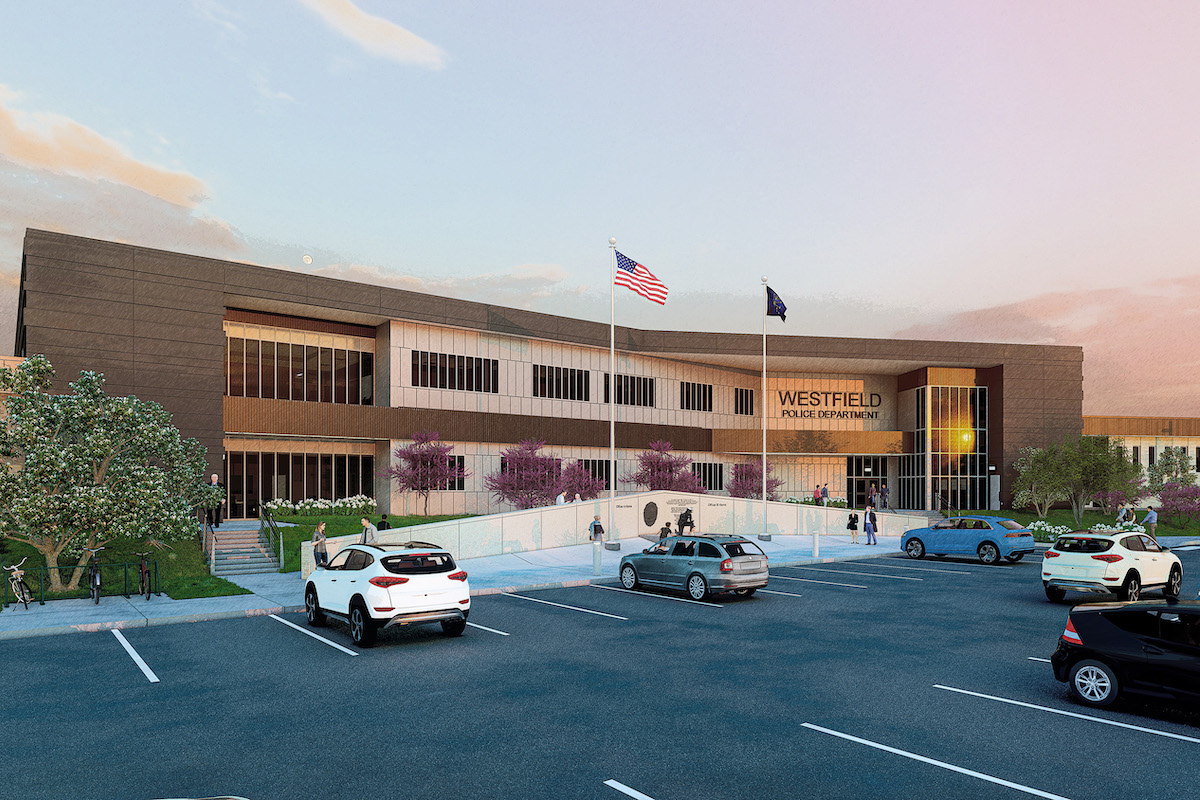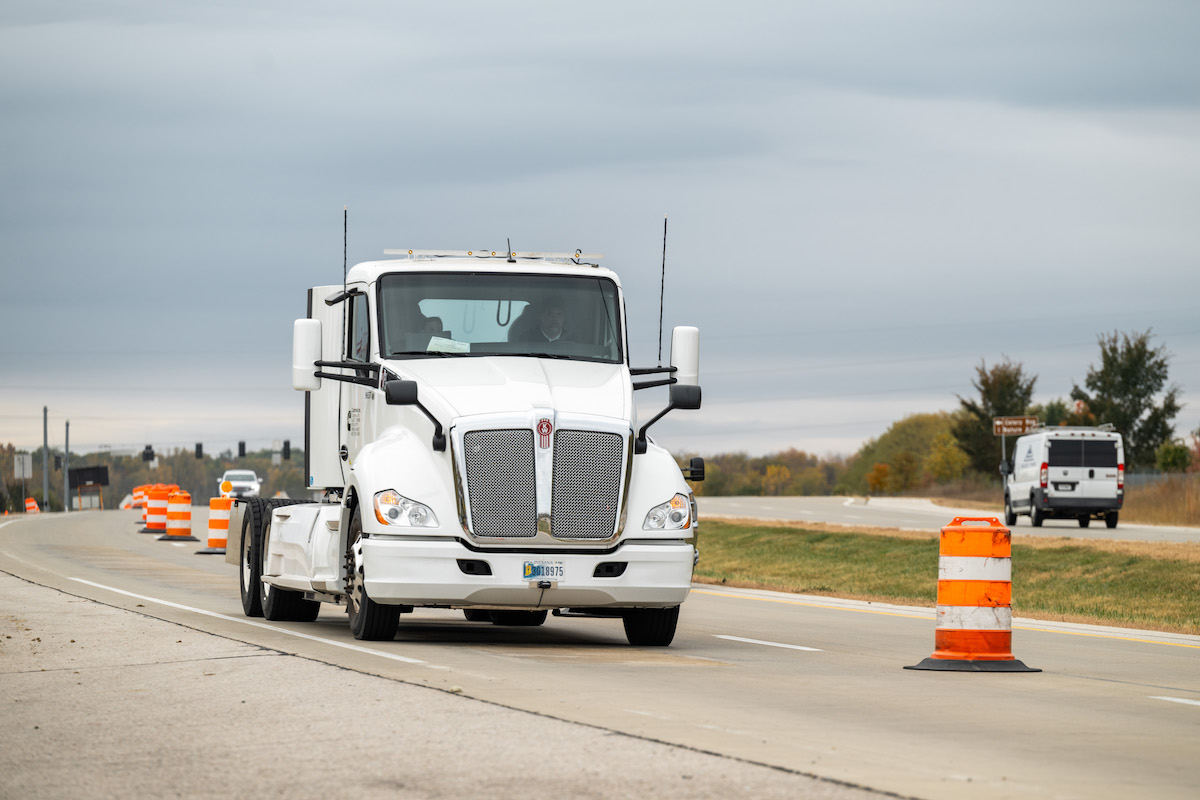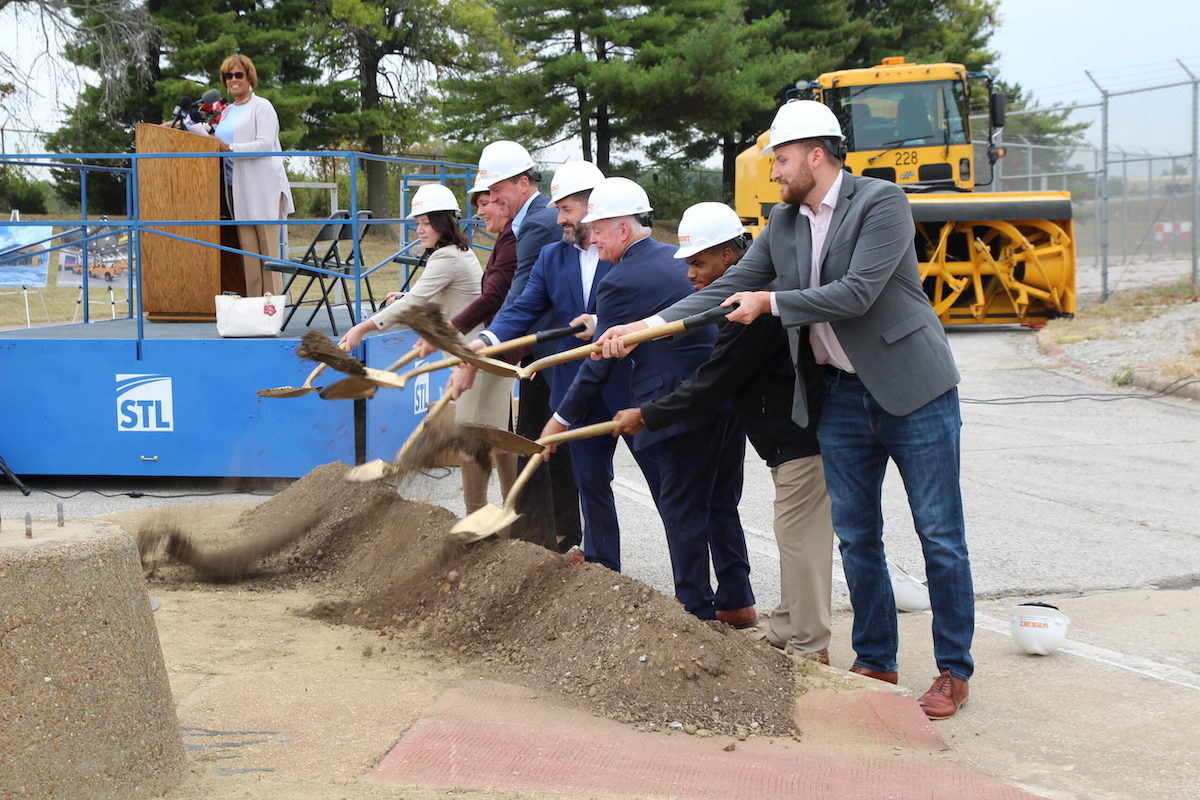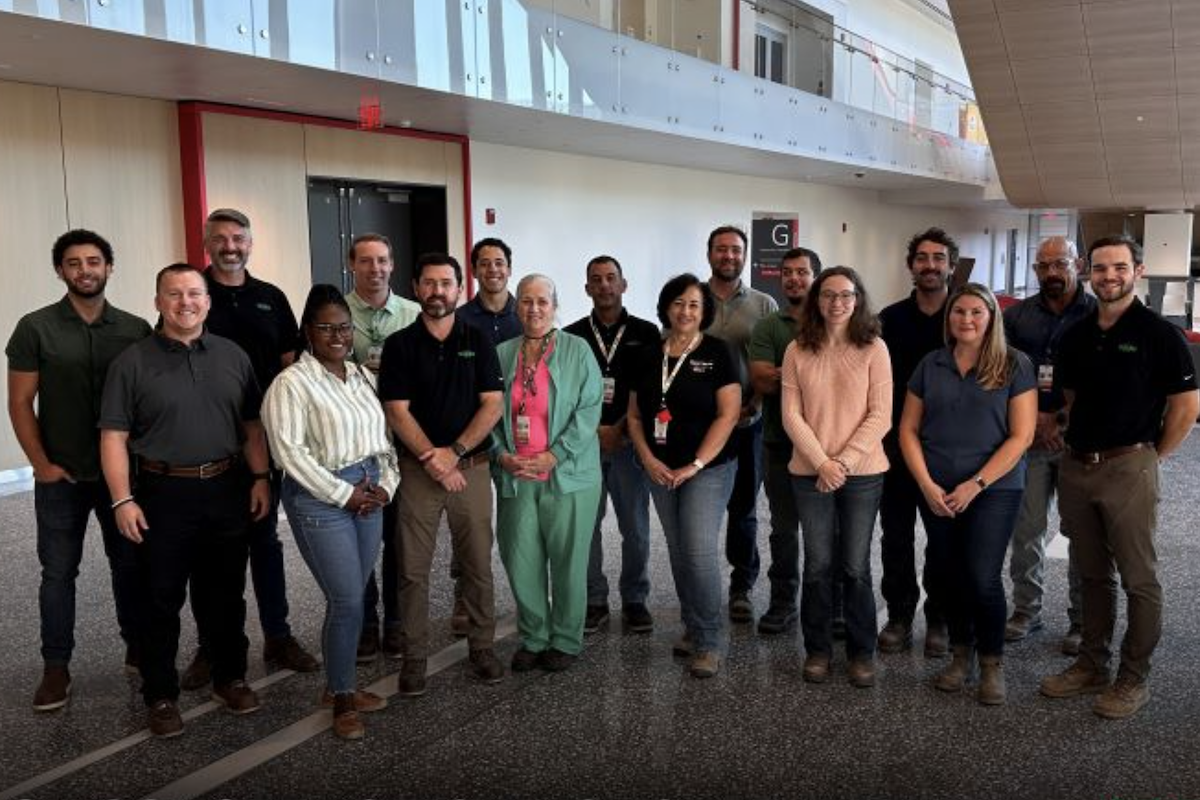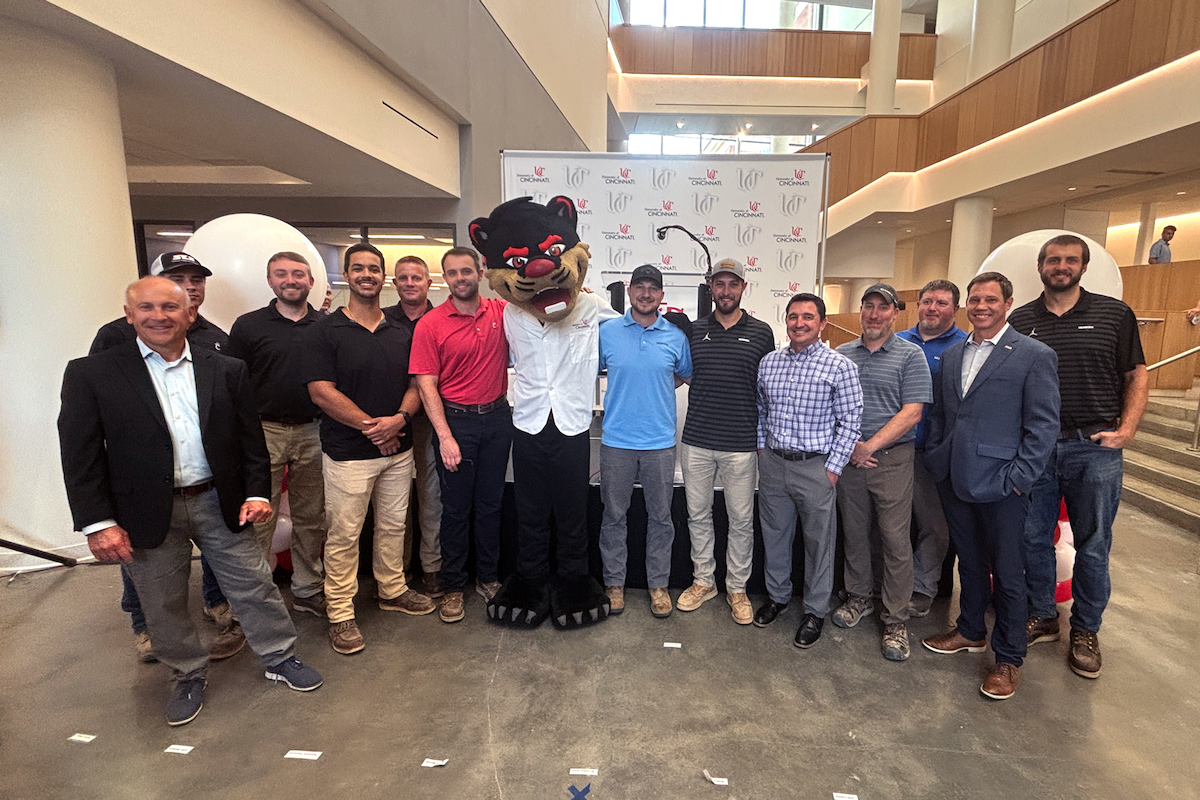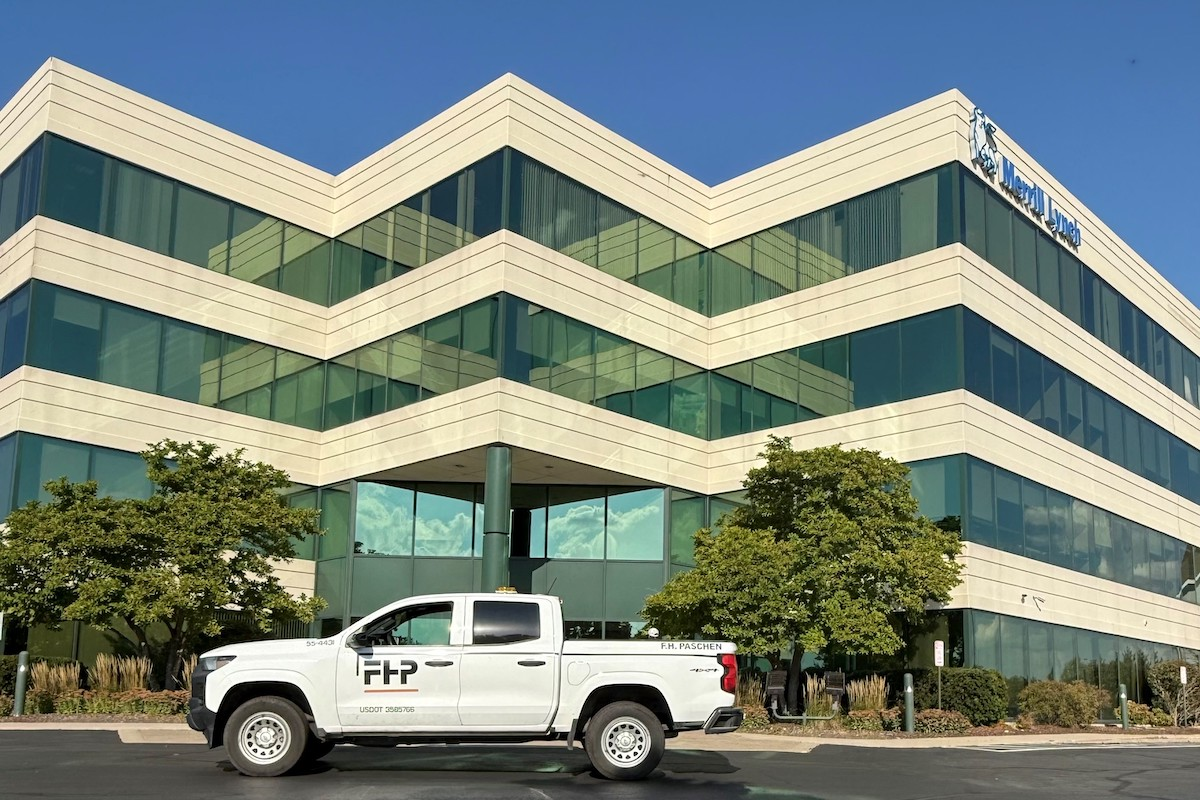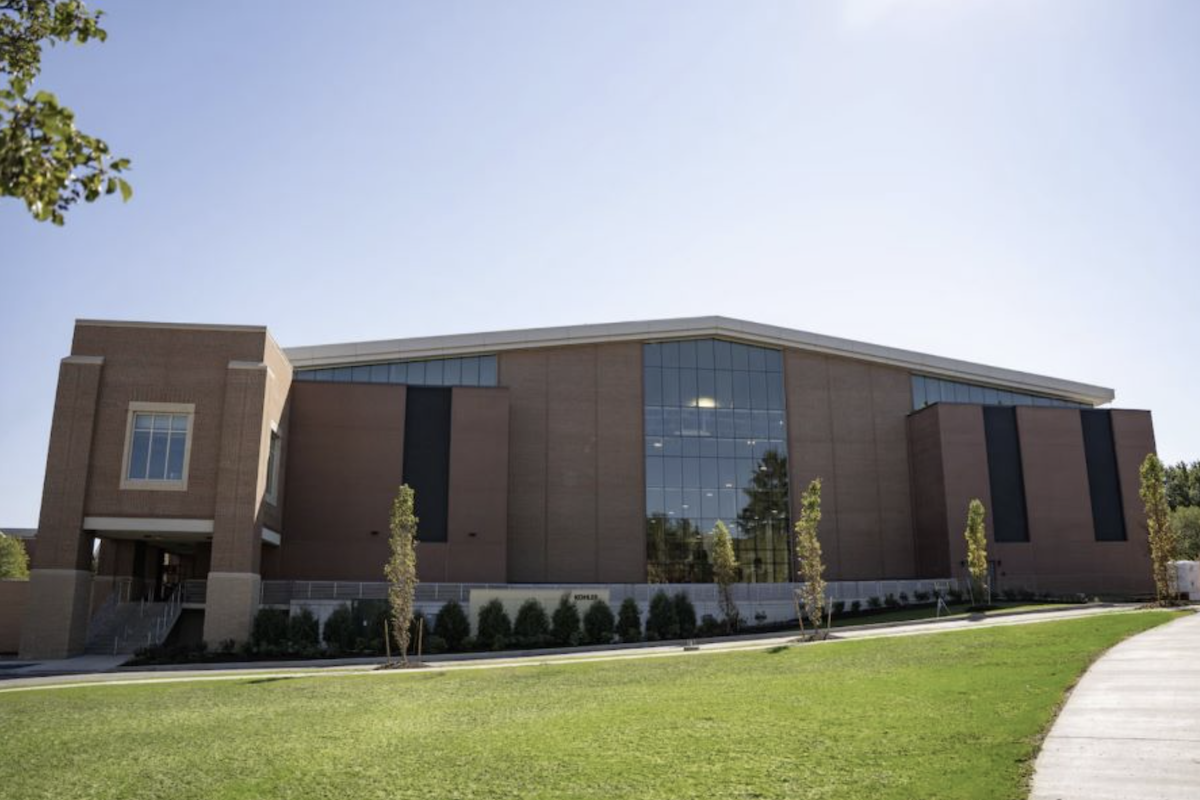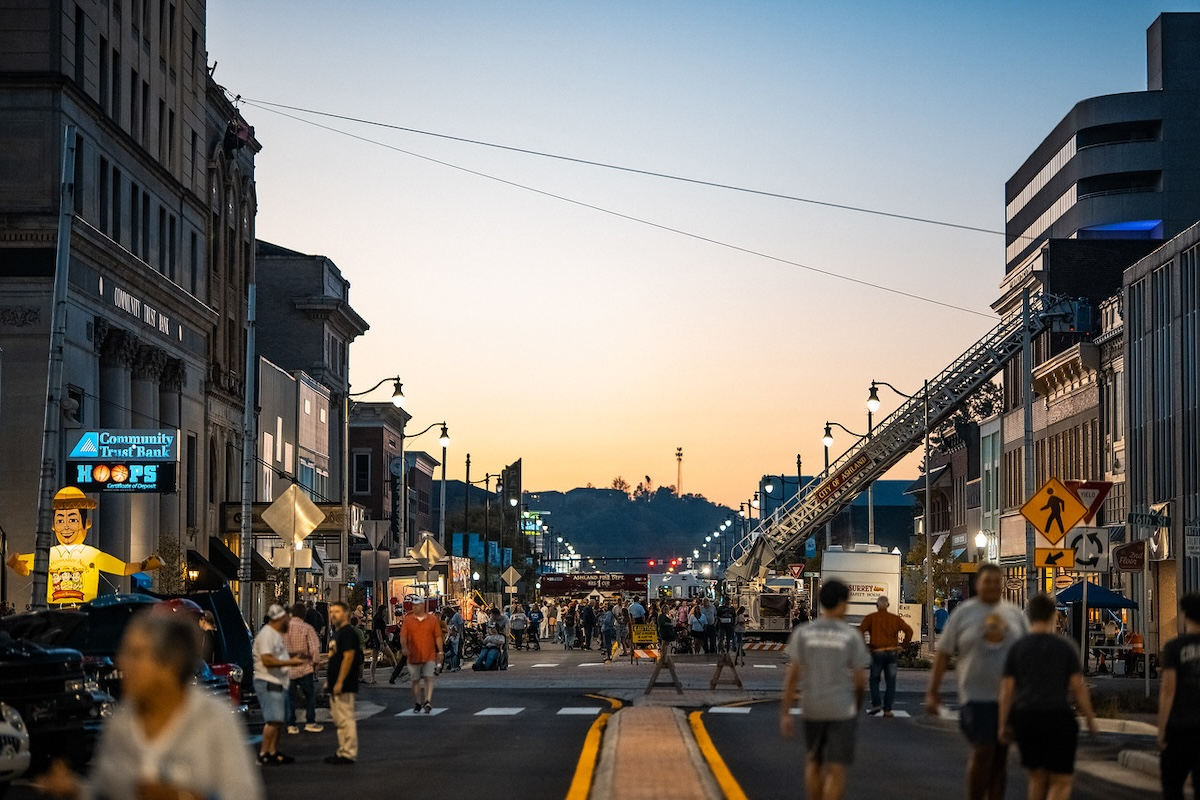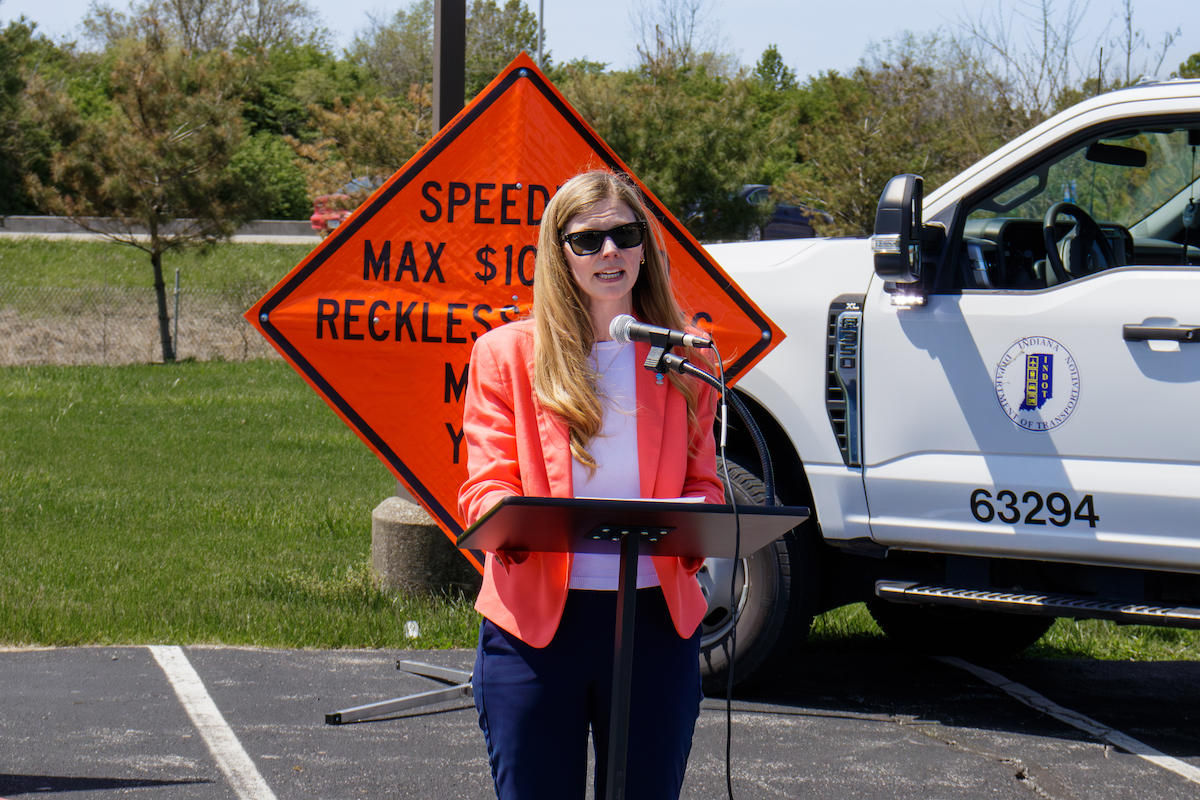“It’s a total reconstruction of the existing surface of the street and sidewalks,” says Bob Nelson, Project Manager for contractor Dakota Underground Co. of Fargo. “This is a major road running east and west.”
The city of Fargo and North Dakota Department of Transportation (NDDOT) aimed to create a safe, accessible corridor through the heart of Fargo. Main Avenue had deteriorated and needed replacement, as did the sewer and water mains under the road, which were about 60 years old.
The projects aimed to enhance the business environment, to make the area more pedestrian friendly and to decrease traffic congestion. It reduces lanes on Main Avenue from two in each direction to one in each direction, with a turn lane, something referred to as a road diet.
One of the first road diets was completed in Billings, Montana, in 1979. They gained popularity in the 1990s. However, not everyone appreciates a road diet.

| Your local LeeBoy dealer |
|---|
| Brandeis Machinery |
Nelson acknowledges that some people did not agree with reducing the number of lanes, struggling with how the traffic would flow. But now operational, traffic is flowing smoothly. “I think it is working fine,” Nelson says.
The owners hope the project will encourage investment and redevelopment of the historic downtown. The project will add 128 parking spaces for the businesses.
Several entities contributed to funding the project, including federal highway funds from NDDOT’s Regional Highway System, watermain replacement funds, water utility funds, sewer utility funds, special assessments, and sales tax funds.
Dakota Underground received both contracts. The family-owned company was established in 1989, initially as a municipal sewer and water utility contractor, but it now has expanded into earth moving, grading, concrete paving, curb and gutter, concrete structures, and water transmission pipelines in the tri-state area.
The contractor began work on the $11.5 million Main Avenue first phase in April 2019. It ran from Broadway to the Red River, giving access to Minnesota. The work included reconstructing the road, adding a roundabout at 2nd Street, and installing a lighted message board to notify drivers of approaching train traffic and advising them to take a cross street with an underpass or University Drive. About 25 trains pass through town daily on the Burlington Northern Santa Fe railroad tracks. Traffic backs up at the northbound cross streets onto Main Avenue. The project finished two weeks early in fall 2019.

| Your local Trimble Construction Division dealer |
|---|
| SITECH Indiana |
| SITECH Mid-South |
| SITECH Ohio |
“At first, people were not familiar with roundabouts and found it confusing,” Nelson says. “No one like change. But now it’s been in use for a year and it works well. I like it.”
The second $11.5 million phase began in April 2020. It reconstructs Main Avenue from Broadway to University Drive. The work also included a counterflow lane on University Drive to allow traffic to flow northbound, under the railroad tracks. Dakota Underground finished the second phase in early September 2020, five weeks early, earning the company an early-completion incentive.
“We worked lots of Saturdays and long days,” Nelson says. “And we had some good subcontractors right there with us.”
“A challenge was the requirement to keep the pedestrian access through the project at all times,” Nelson says.
Throughout the project, 3-foot pedestrian barricades were installed to provide a walkway with wooden ramps over obstacles to protect the public from the construction work. On portions of the project, crews put pedestrians, protected by the barricades, down the middle of the new street and worked on the sidewalks on both sides.

| Your local Wacker Neuson Corp dealer |
|---|
| Burris Equipment |
The company worked from west to east and recycled the former concrete pavement for use as a base material. Once the utility work was complete, crews placed Geogrid material, which reinforces the 12-inch gravel base. Next, the company paved with concrete and installed curbs and gutters, sidewalks, signs, and landscaping.
Dakota Underground used GPS controls whenever possible, but the tall downtown buildings sometimes interfered with the signal. The survey crews also used GPS equipment.
Main Avenue runs through the Downtown Fargo District, which is on the National Register of Historic Places. The district features diverse architectural styles in buildings built from the late 1800s to 1940, as the city served as a commercial and distribution hub for the region. Several early structures on Main Avenue represent the Great Dakota Boom period, which led to statehood in 1889, according to information from the National Register of Historic Places. Five of the district’s 147 properties were on the National Register at the time of application.
“Part of the project was a provision to have a historian to be present when excavation was near the select buildings,” Nelson recalls. “We found some old bottles and bricks.”
No damage occurred to the historic buildings. The Fargo-Moorhead Convention and Visitors Bureau lists the Northern Pacific Depot, built in 1898, is one of the historic buildings. It is now used as office space for the Fargo Parks District. The five-story DeLendrecie’s department store, built in 1894 and expanded in 1909, is another historic treasure. It’s now full of apartments and small retail shops.

| Your local Case Construction Equipment Inc dealer |
|---|
| Birkey's Construction Equipment |
“I’m proud of the early finish and the somewhat challenging downtown area,” Nelson concludes.
















